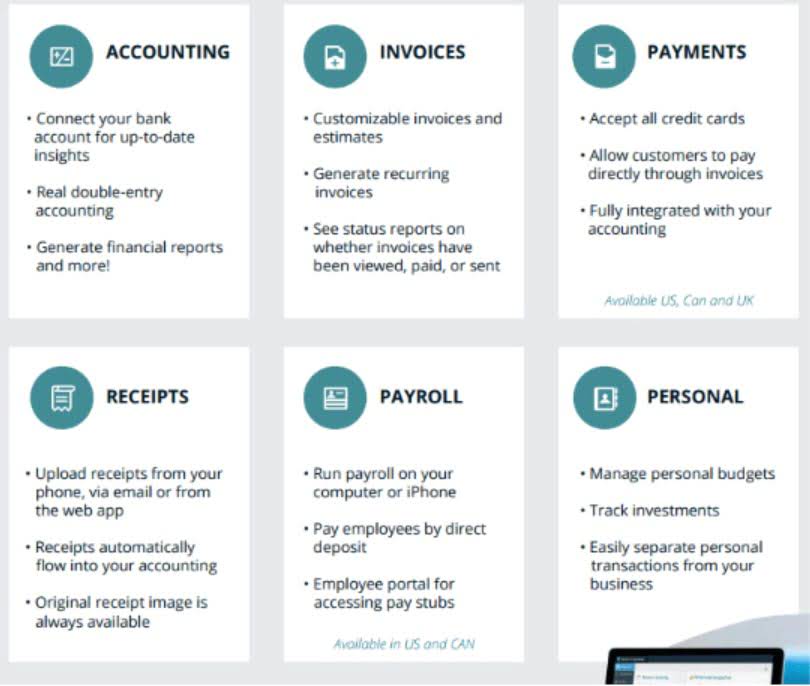
These visuals not only bring the data to life but also allow us to truly connect with our customers on a human level. Let’s dive into the story behind each visualization and explore why these visual representations are crucial in understanding our customers. Usually the calculation gives an answer to a number of decimal places, it is normal to round to the double declining balance method nearest whole percentage, as the salvage value can never be accurately determined. Residual value is the estimated salvage value at the end of the useful life of the asset. In many countries, the Double Declining Balance Method is accepted for tax purposes. However, it is crucial to note that tax regulations can vary from one jurisdiction to another.
What is depreciation?
The “sum-of-the-years’-digits” refers to adding the digits in the years of an asset’s useful life. For example, if an asset has a useful life of 5 years, the sum of the digits 1 through 5 is equal to 15 (1 + 2 + 3 + 4 + 5). Over the life of the equipment, the maximum total amount of depreciation expense is $10,000. However, the amount of depreciation expense in any year depends on the number of images.
Double-Declining Balance Depreciation Method
- Since the double declining balance method has you writing off a different amount each year, you may find yourself crunching more numbers to get the right amount.
- After the first year, we apply the depreciation rate to the carrying value (cost minus accumulated depreciation) of the asset at the start of the period.
- This method of measuring the decreased value of the asset in the useful years is called depreciation.
- (An example might be an apple tree that produces fewer and fewer apples as the years go by.) Naturally, you have to pay taxes on that income.
- As you observe the bars rise and fall, you can visualize the financial landscapes our customers navigate.
To consistently calculate the DDB depreciation balance, you need to only follow a few steps. If the company chose to deduct 10% of the asset’s value each year for ten years under straight-line depreciation, the amount of depreciation per year would only change slightly. For example, let’s say that a company buys a delivery truck for $50,000 that is expected to last ten years and will have a salvage value of $5,000.
Adjusting Entries on Balance Sheet, Income Statement, and Cash Flow statement

The other side of the depreciation expense is a credit entry to the accumulated depreciation account. Note that the estimated salvage value of $8,000 was not considered in calculating each year’s depreciation expense. In our example, the depreciation expense will continue until the amount in Accumulated Depreciation reaches a credit balance of $92,000 (cost of $100,000 minus $8,000 of salvage value). In this example, the depreciation will continue until the credit balance in Accumulated Depreciation reaches $10,000 (the equipment’s depreciable cost).
Example of Double-Declining-Balance Depreciation
The DDB method involves multiplying the book value at the beginning of each fiscal year by a fixed depreciation rate, which is often double the straight-line rate. This method results in a larger depreciation expense in the early years and gradually smaller expenses as the asset ages. It’s widely used in business accounting for assets that depreciate quickly. Generally Accepted Accounting Principles (GAAP) allow for various depreciation methods, including DDB, as long as they provide a systematic and rational allocation of the cost of an asset over its useful life. The final step before our depreciation schedule under the double declining balance method is complete is to subtract our ending balance from the beginning balance to determine the final period depreciation expense.
- Twenty-five percent of all companies have at least one minority board member.
- We collaborate with business-to-business vendors, connecting them with potential buyers.
- This is the fixture’s cost of $100,000 minus its accumulated depreciation of $36,000 ($20,000 + $16,000).
- Once the asset is valued on the company’s books at its salvage value, it is considered fully depreciated and cannot be depreciated any further.
- Through this example, we can see how the DDB method allocates a larger depreciation expense in the early years and gradually reduces it over the asset’s useful life.
In simple terms, Book value is the cost you paid while purchasing the asset. Sign up to receive more well-researched small business articles and topics in your inbox, personalized for you. Get instant access to video lessons taught by experienced investment bankers. Learn financial statement modeling, DCF, M&A, LBO, Comps and Excel shortcuts.
Therefore, the DDB depreciation calculation for an asset with a 10-year useful life will have a DDB depreciation rate of 20%. In the first accounting year that the asset is used, the 20% will be multiplied times the asset’s cost since there is no accumulated depreciation. In the following accounting years, the 20% is multiplied times the asset’s book value at the beginning of the accounting year. This differs from other depreciation methods where an asset’s depreciable cost is used. The double declining balance method (DDB) describes an approach to accounting for the depreciation of fixed assets where the depreciation expense is greater in the initial years of the asset’s assumed useful life.
This depreciation method is most commonly used for assets that depreciate quickly at the beginning of their useful life and then slowly depreciate over time until they are scrapped or sold. The true purpose of calculating a depreciation expense is to allow the business to set aside profits in order to be able to replace the fixed asset at the end of its useful life. The declining balance method formula shown below is used to calculate the declining balance rate (DB Rate). An asset for a business cost $1,750,000, will have a life of 10 years and the salvage value at the end of 10 years will be $10,000. You calculate 200% of the straight-line depreciation, or a factor of 2, and multiply that value by the book value at the beginning of the period to find the depreciation expense for that period.
You may regret taking more money upfront
All information prepared on this site is for informational purposes only, and should not be relied on for legal, tax or accounting advice. You should consult your own legal, tax or accounting advisors before engaging in any transaction. The content on this website is provided “as is;” no representations are made that the content is error-free.